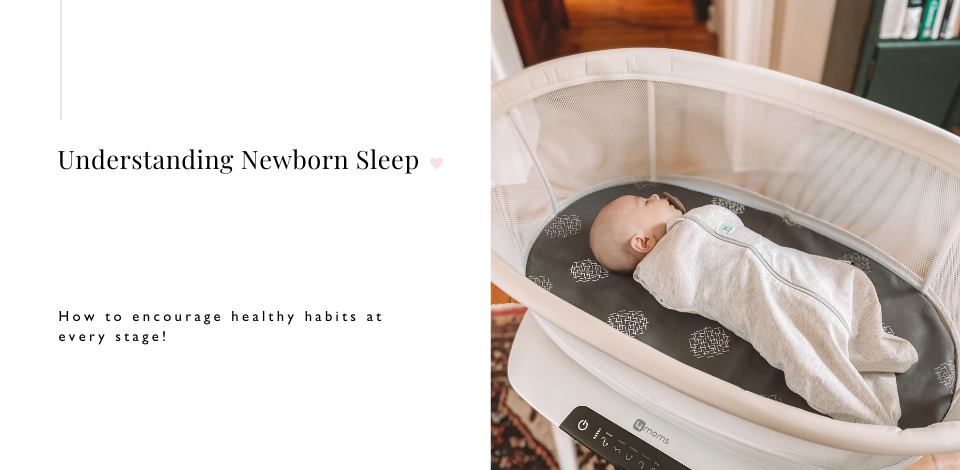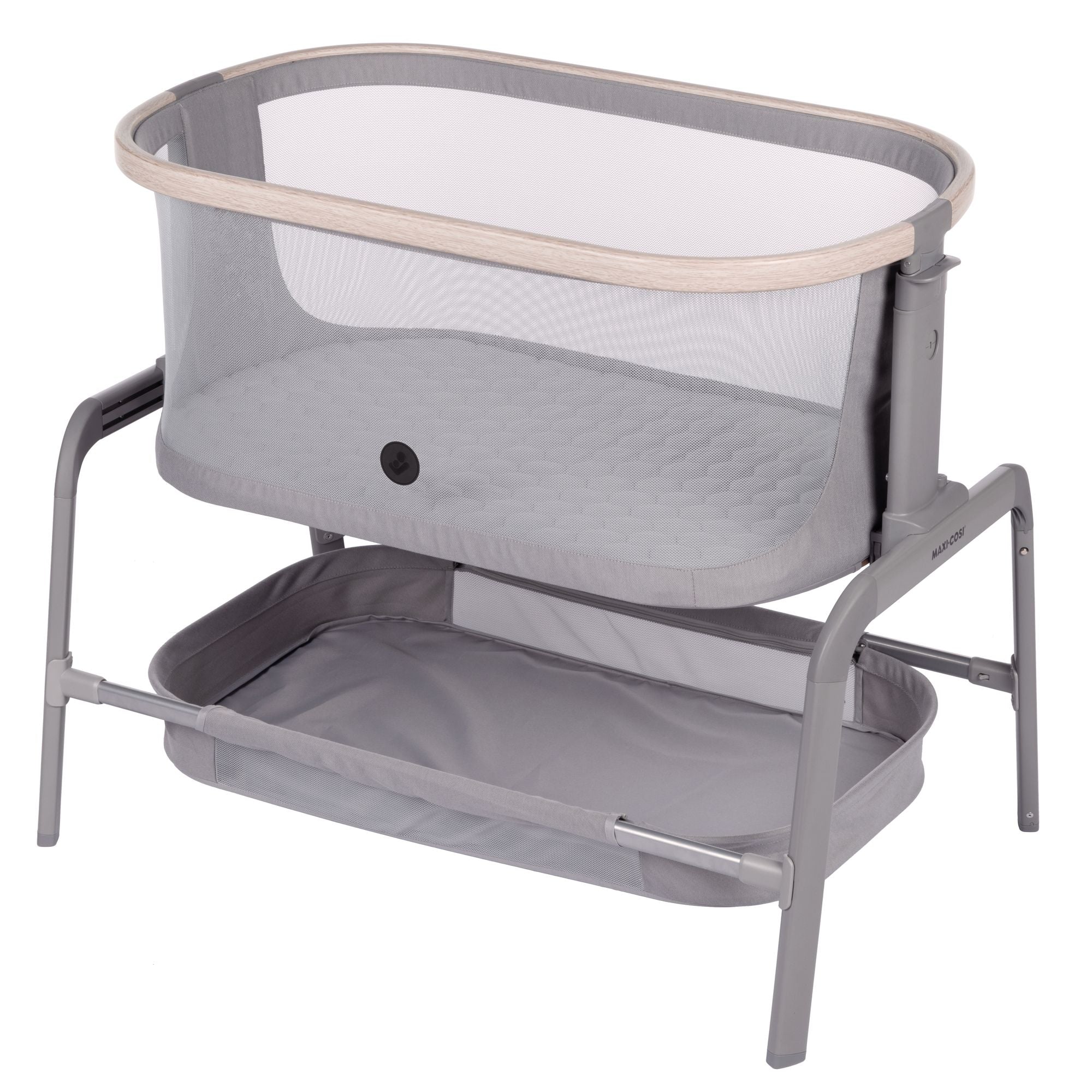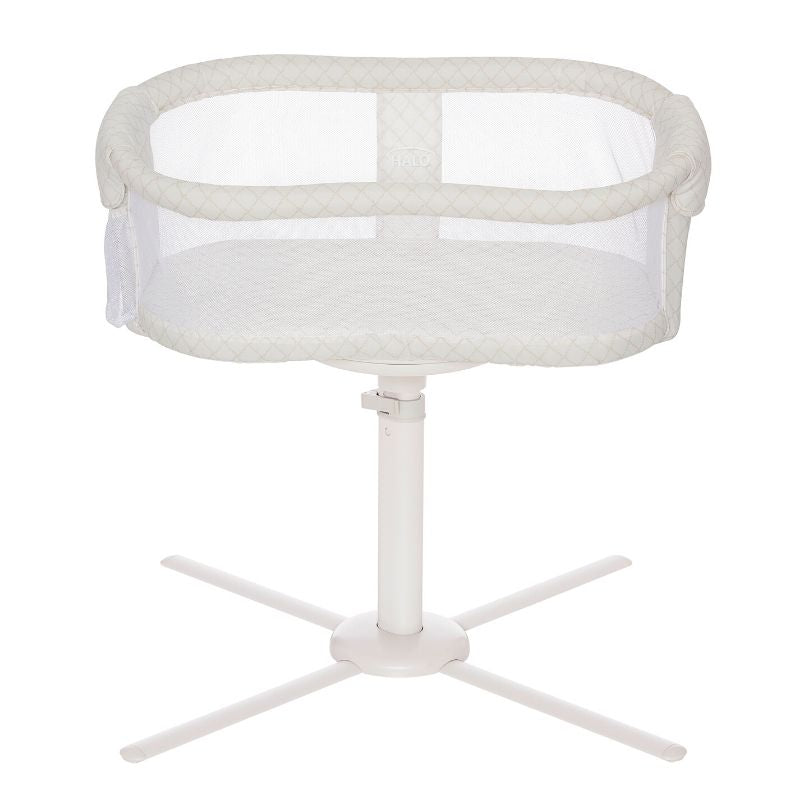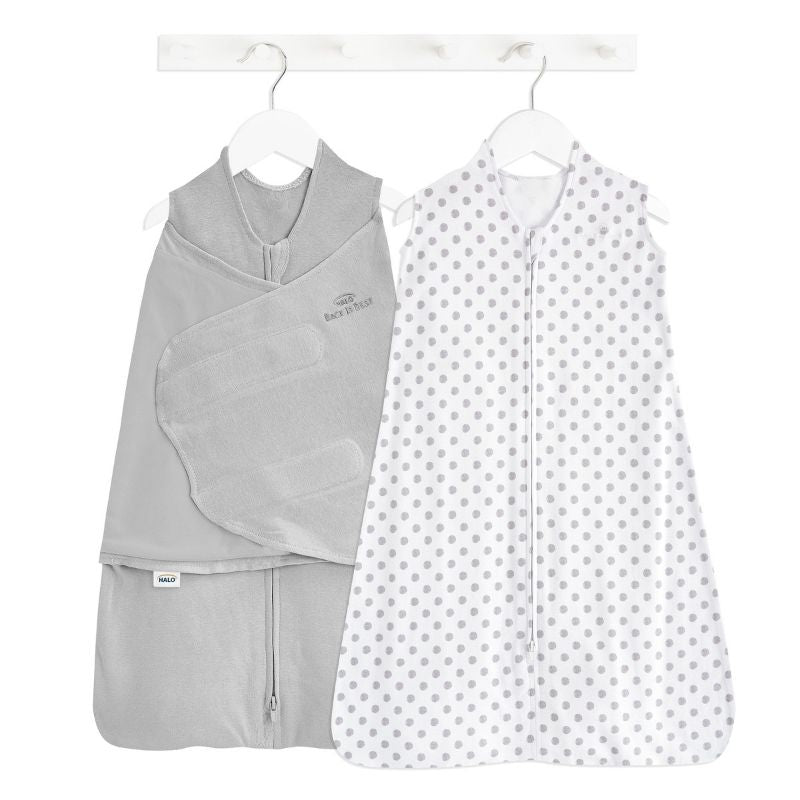Understanding Newborn Sleep
Jump to Section

We clearly remember what it was like to bring a newborn baby home for the first time. To be completely in love, totally in awe, and totally clueless about how sleep deprived we were going to be in about two months.
There were so many resources readily available about pregnancy, labour, breastfeeding and bottle feeding, but finding information about newborn sleep was not as easy. We needed to know specifics – the when, the where and the how-to information that would help us understand our baby’s sleep needs.
So, for every new parent who’s struggling with sleep, hopefully this information will answer some of your questions.
Newborn Sleep: Ages, Stages & What to Do
WEEKS 1-8: ENJOY THE RIDE
After you’ve had your baby, there will be a moment when you sit and stare at that gorgeous little face and think ‘now what?’ Luckily, in the very beginning, especially the first one to two weeks, there isn’t much you can or should do. This is the honeymoon period – enjoy it! From 1-8 weeks old, your baby hasn’t yet matured with regards to sleep. Newborn sleep is very unorganized, meaning there is no pattern and there can be day and night confusion. That’s okay! It’s how it should be; this is your time to spoil your baby.
Encourage your baby to get the sleep they need (about 14-18 hours a day), using whatever it takes, as long as they are sleeping in a safe sleep environment. At this point, your baby’s biological sleep rhythms don’t exist, so you can’t create a routine yet and don’t have to worry about creating bad habits.
WEEK 8: FIRST SLEEP MILESTONE – SOCIAL SMILES
The first sleep milestone comes around six to eight weeks of age. At this point, night sleep should become a bit more organized, with longer stretches of sleep, around four to six hours, becoming more predictable.
At this stage, your baby will likely start with their first social smiles. Your baby sees you and smiles, and you know that he’s acknowledging presence. This is a good way to determine that you’re in the next newborn stage and that it’s now appropriate to work on the components of healthy sleep.
Encouraging Healthy Sleep Habits
CRIB SLEEP
While it’s still early to enforce a consistent day-to-day routine, there are little things you can do to encourage healthy sleep and prepare them to be rock star sleepers in the future. You can start by being consistent with the environment where your baby is going to sleep. You’ll notice at this stage that your baby doesn’t sleep as well in louder environments as he did as a newborn. If you aren’t planning on co-sleeping or continuing to co-sleep, it’s a great time to start placing your child to sleep in his crib and in a dark and quiet setting as much as possible.
Remember, at this age you can’t create any bad habits, but it’s important to get your child familiar with their crib surroundings. The only way he’ll get used to his crib is to be consistently in it. That being said, if a swing or car seat is what gets the job done that day, that’s okay. For now.
Watch Baby's Sleep Cues
At this age, babies shouldn’t have more than an hour or two of wake time during the day.
At around 45 minutes to an hour, you need to watch for your baby’s drowsy cues, which could include:
- Zoning out
- Wide eyed stare
- Rubbing his eyes
- Pulling his ears
- Turning his head from side to side
Every child has their own set of drowsy signals. When you see these signs, see if your child will put himself to sleep. This is a great way to start teaching your child to self soothe, a skill that you’ll want to encourage as early as possible.
If they can’t put themselves to sleep, it’s okay. Self-soothing skills often don’t mature until approximately 12 weeks of age. However, you can step in with your own soothing routine or sleep cues to help prepare your baby for sleep.
The goal of your bedtime or nap time routine should be to relax and soothe your baby, not to necessarily put your baby to sleep – that’s their job. Your soothing methods, or sleep time cues could be rocking, singing, feeding, or a combination of these. The soothing process doesn’t need to take very long. This process is a component of sleep training and shows that you are starting to respect your child’s need to sleep by anticipating when he needs to go to sleep.
Learning to recognize the drowsy signs and developing a rough sleep routine at this point will avoid your baby from becoming overtired.
Practice, Practice, Practice!
Remember, at this stage there really aren’t any strict rules and the only goal is to have baby be as consistently well rested as possible throughout the day. You can start having them practice putting themselves to sleep, but if you have to take over, it’s okay. Don’t get discouraged. During this stage, you’re both practicing. Sleep at this point is still unorganized with no pattern and naps that vary in duration.
Just keep figuring out those cues and practicing what works best for both of you. Encourage healthy sleep habits and it will eventually come together!
Off to Dreamland!
We hope that this article on newborn sleep has helped you feel more confident in your parenthood journey and, remember–practice, practice, practice!
Check out our Related Content below for more articles on the topic of babes and beauty sleep!







